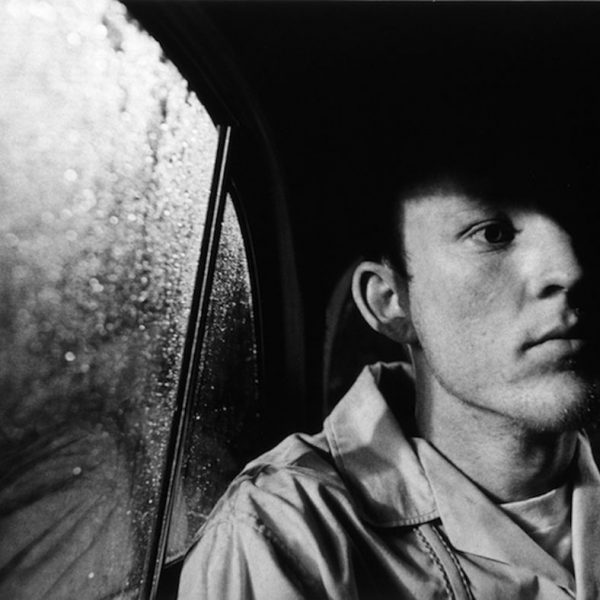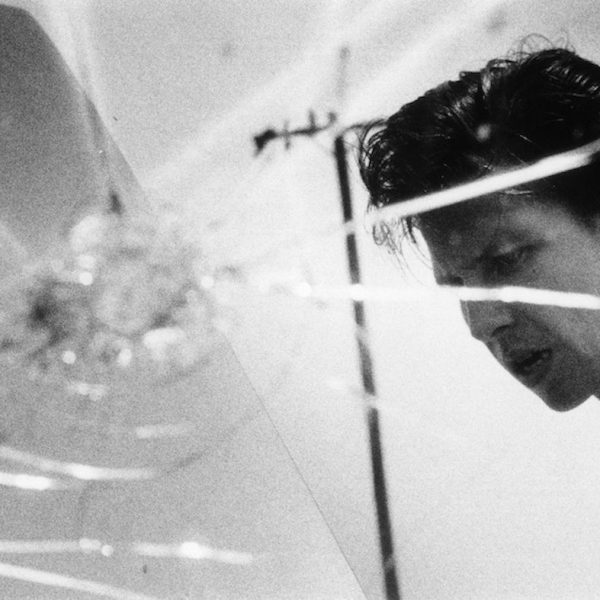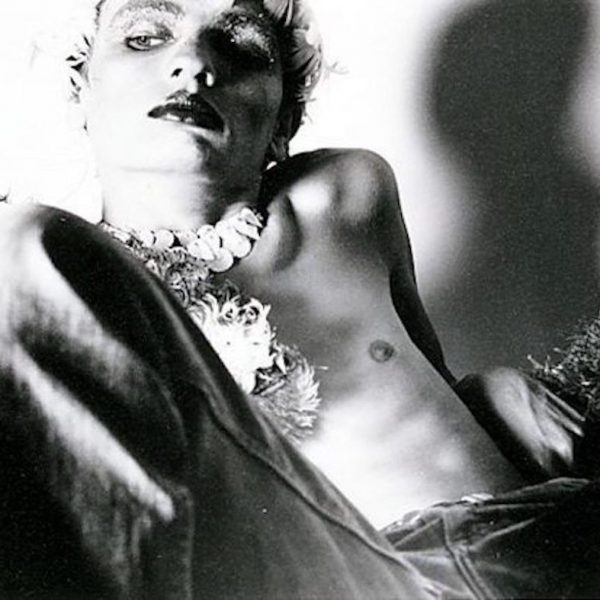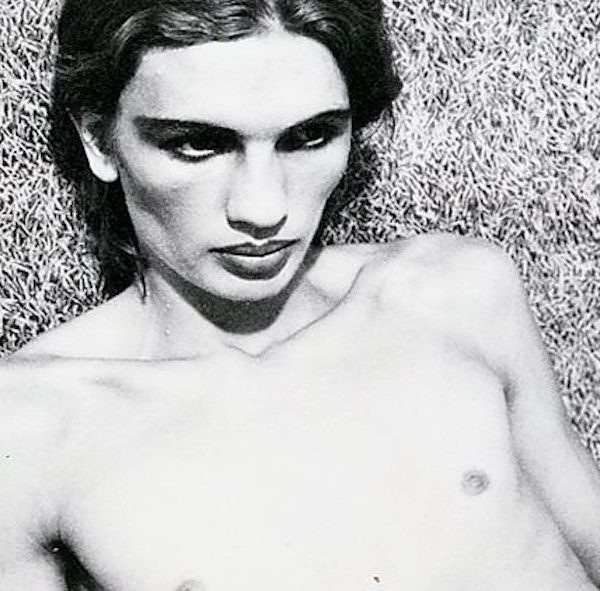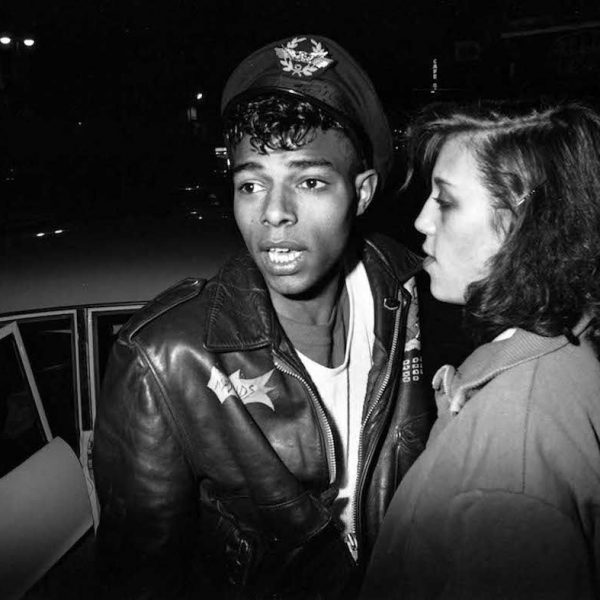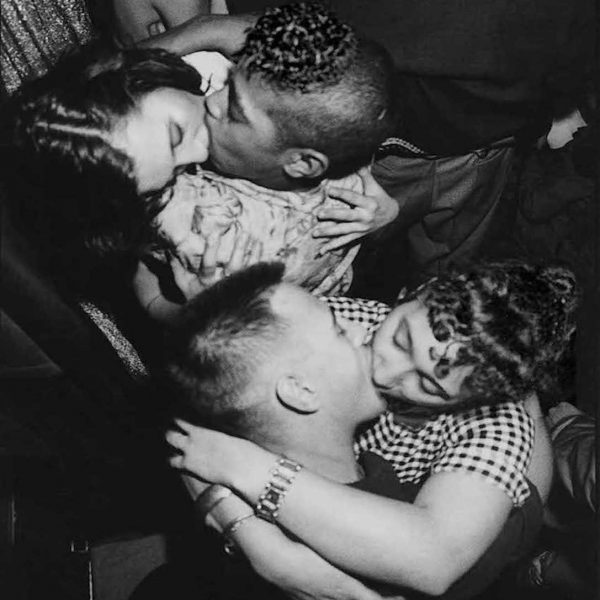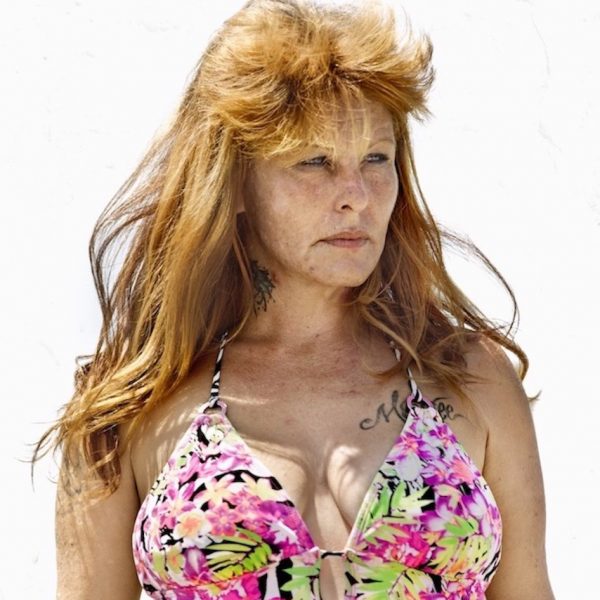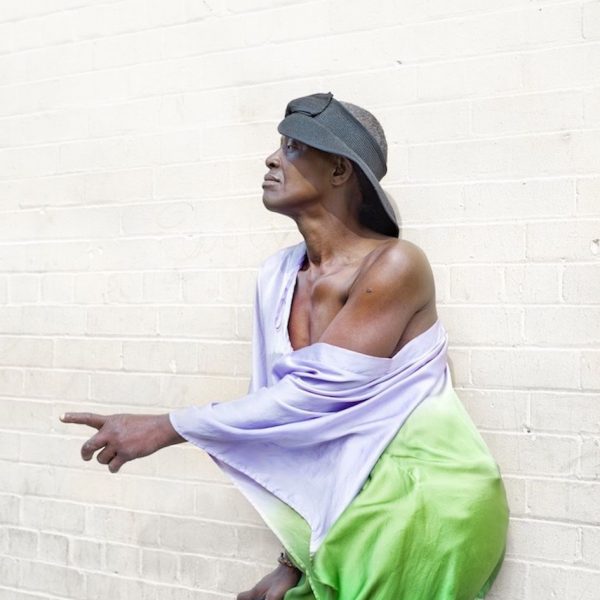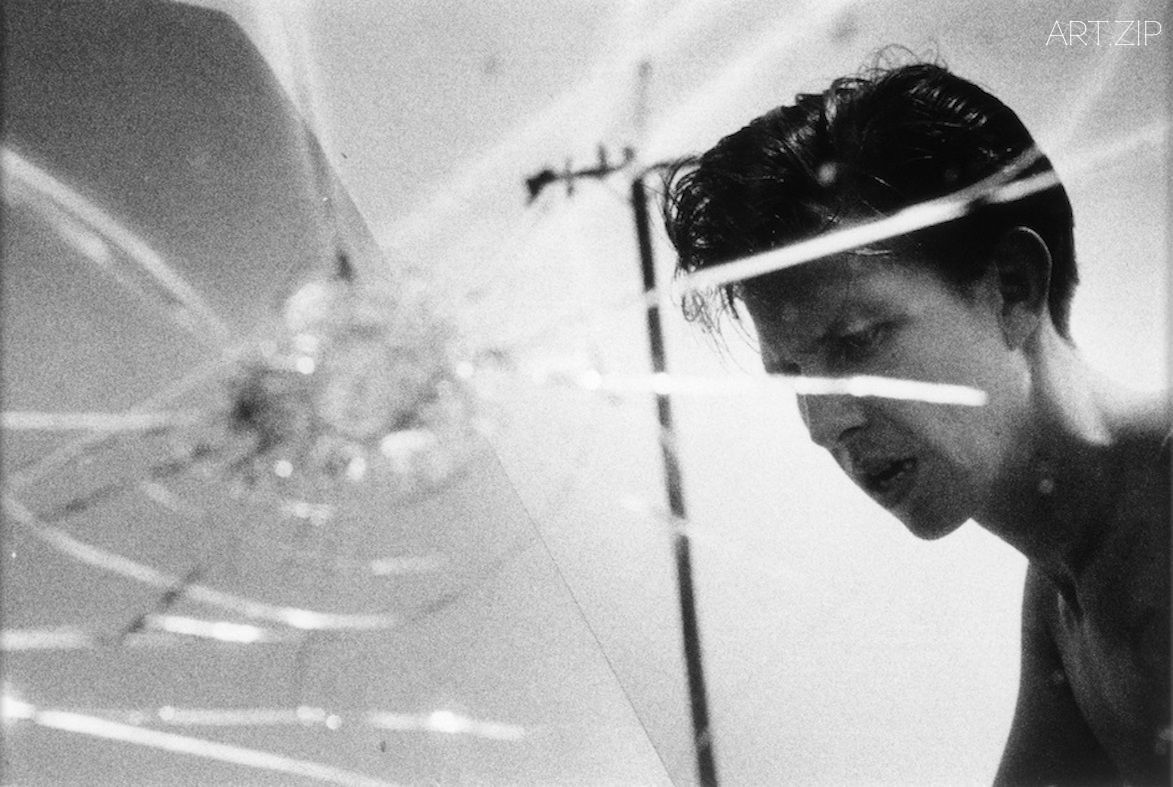
Barbican Art Gallery, Barbican Centre, UK
28 February – 27 May 2018
Another Kind of Life: Photography on the Margins looks at the continuing fascination of artists with those on the margins of society through the photographic medium. Some of the most powerful images of the 20th and 21st century are the result of a determined and often prolonged engagement with communities seemingly at odds with, or on the fringes of, the mainstream. Another Kind of Life explores photography’s relationship with this compelling subject through the work of 20 exceptional image-makers, including Bruce Davidson, Paz Errázuriz, Casa Susanna, Larry Clark, Mary Ellen Mark, Boris Mikhailov, Daido Moriyama and Dayanita Singh. Part of the Barbican’s 2018 season The Art of Change, which reflects on the dialogue between art, society and politics, the exhibition directly – and at times poetically – addresses difficult questions about what it means to exist in the margins, the role artists have played in portraying subcultures and the complex intermingling between artistic and mainstream depictions of the outsider.
Jane Alison, Head of Visual Arts, Barbican, said: ‘Barbican Art Gallery has always championed groundbreaking photography, placing it at the heart of our programme with recent highlights including Constructing Worlds: Photography and Architecture in the Modern Age (2014) and Strange and Familiar: Britain as Revealed by International Photographers (2016). Another Kind of Life: Photography on the Margins not only continues the Barbican’s commitment to presenting outstanding bodies of work but also demonstrates our desire to address issues that stretch beyond art and help us understand the world from new perspectives. As one of the flagship projects of the Barbican’s 2018 season The Art of Change, Another Kind of Life could not be more timely or relevant. A show that tells 20 stories by 20 photographers who all approach their subjects with a humanity and empathy that is both empowering and inclusive’.
Reflecting a diverse, complex and authentic view of the world, the exhibition touches on themes of gender and sexuality, countercultures, subcultures and minorities of all kinds. Bringing together over 300 works from the 1950s to now, the exhibition includes vintage and contemporary prints, archival material, specialist magazines, rare film and photo books, from leading photographers who developed these relationships and bodies of works over months, years or even decades. By recording and documenting those on the edges, or outside of the mainstream, the images in Another Kind of Life bear witness to how social attitudes change across time and space, charting how visual representation has helped shape current discourse in relation to marginalised or alternative communities.
New York photographer Mary Ellen Mark’s long term project Streetwise (1983) focuses on her time spent with Erin Charles, a street kid known as ‘Tiny’, who she first met as a 13 year old and shows the harsh realities of life on the streets of Seattle. Whilst Indian photographer Dayanita Singh formed a deeply profound and meaningful friendship over 30 years with Mona Ahmed, a eunuch from New Delhi who was both feared and revered, an outcast amongst outcasts, living much of her life in a cemetery. As well as the groundbreaking photo book, with profoundly honest and frank words by Mona, the exhibition includes a poignant film, shot in one take, of a very still Mona listening to her favourite song Rasik Balma from the 1956 romantic comedy Chori Chori.
Driven by motivations both personal and political, many of the photographers in Another Kind of Life sought to provide an authentic representation of disenfranchised communities often conspiring with them to construct their own identity through the camera lens. The beautifully arresting series of photographs, Adam’s Apple (1982-87), by Chilean photographer Paz Errázuriz are of a community of transgender sex-workers working in an underground brothel in Chile in the 1980s. Taken during the military dictatorship of General Augusto Pinochet when gender non-conforming people were regularly subjected to curfews, persecutions and police brutality, the photographs are a collaborative and defiant act of political resistance.
In Alec Soth’s Broken Manual (2006–10) he documents men living off the grid. His atmospheric images, both colour and black and white, are of monks, survivalists, hermits and runaways who all have in common the need to disappear in America. Set in an apocalyptic post-industrial landscape of Southern Russia, on a site of an archaeological expedition, the little known work of Russian photographer Igor Palmin, The Enchanted Wanderer (1977) and The Disquiet (1977), features Soviet Hippies in their bell-bottoms and flower power hair bands, playing guitars in opium filled trailers or standing alone on desolate lands.
Emerging out of the post-war gloom of Britain, the Teddy boys were a youth movement who adopted the style of Edwardian dandies, with their brylcreem quiffs, three-quarter length drape jackets and beetle crusher shoes. British photographer Chris Steele-Perkins captures their lives, loves, music and fashion in The Teds, taken in the streets, ballrooms, pubs and clubs across the UK in the late 1970s.
Celebrated Japanese photographer Daido Moriyama’s seminal work, Japan Photo Theatre (1968) is featured as well as his lesser known protégé Seiji Kurata, whose series of starkly lit images from Flash Up (1975–79) depicts the seedy, often violent underbelly of gang culture in the notorious Ikebukuro and Shinjuku districts of Tokyo. Whilst Walter Pfeiffer, who emerged on the peripheries of documentary photography in the 1970s and now flourishes in the mainstreams of contemporary fashion and style bibles, is represented by his body of work of young transsexual friend Carlo Joh, from the Zurich gay scene taken over a few months in 1973.
Other highlights include The Hyena and Other Men (2005–2007) by South African photographer Pieter Hugo of a group of urban nomads from Nigeria; legendary American photographer Bruce Davidson’s series The Dwarf and Brooklyn Gang taken in the late 1950s in New Jersey and Coney Island; and recently discovered at a Manhattan flea market, a collection of around 400 prints taken during the mid-50s and 60s at Casa Susanna, a private retreat for transvestites— a safe haven in upstate New York where they posed for the camera, in glamorous dresses, playing cards, eating dinner and having drinks by the fire.
Photographers include:
Diane Arbus, Casa Susanna, Philippe Chancel, Larry Clark, Bruce Davidson, Mary Ellen Mark, Paz Errázuriz, Jim Goldberg, Katy Grannan, Pieter Hugo, Seiji Kurata, Danny Lyon, Teresa Margolles, Boris Mikhailov, Daido Moriyama, Igor Palmin, Walter Pfeiffer, Dayanita Singh Alec Soth and Chris Steele-Perkins
《另一種人生:邊緣攝影》以攝影為媒介,著眼於社會邊緣藝術家的持久魅力。通過篤定又持續不斷地和與主流大眾相悖或處在其邊緣位置的團體交結,20、21 世紀一些最具力量的圖像才得以誕生。《另一種人生》以20位非凡攝影師的作品探索攝影與這一迷人主題的關係。參展攝影師包括Bruce Davidson、Paz Errázuriz、Casa Susanna、Larry Clark、Mary Ellen Mark、Boris Mikhailov、Daido Moriyama 和Dayanita Singh。《變化的藝術》作為巴比肯藝術中心2018年度主題之一,折射出藝術、社會和政治之間的對談。此次展覽直接亦或詩意地發問:何為存在於邊緣的意義,藝術家們如何作為亞文化群體自處,以及對這些局外人的藝術和主流敘述之間的複雜混融。
巴比肯中心視覺藝術的負責人Jane Alison說到:“巴比肯藝術中心長久以來就是開創性攝影的擁護者,將它們擺在項目的中心位置。近期展覽包括《建構世界:現代攝影和建築(2014)》和《陌生於熟悉:世界攝影師揭示的英國》。《另一種人生:邊緣攝影》不僅是貫徹巴比肯對於呈現杰出作品堅持,展示我們超越藝術的追求,還幫助我們從新的角度了解世界。作為《變化的藝術》的旗艦項目,《另一種人生》中的20位攝影師用人性和共鳴完成了包容又充滿力量的20個故事,這是不能再及時、再與主題相關的了。”
展覽以多元、複雜且真實的視角涉及性別與性、反主流文化、亞文化和各種群體的少數派。展品由從20世紀50年代至今的超過300件作品組成,包括由前沿攝影師們經過數月數年得以完成的早期原作和後期沖洗片、檔案資料、專項雜誌、稀有影片和攝影書。經過紀錄主流大眾的邊緣人或是局外人,《另一種人生》中的圖像見證了社會態度跨越時間和空間的改變, 記述了視覺再現塑造的關於邊緣化團體的時論。
紐約攝影師Mary Ellen Mark的長期作品《Streetwise》(1983)關注她與Erin Charles,一個叫做‘Tiny’的街頭孩子相處的時光。Mary 在‘Tiny’13歲時第一次見到他,作品中展示了Seattle大街上嚴酷的生活現實。印度攝影師Dayanita Singh在30 多年間和來自新德里的閹割者Mona Ahmed建立了深厚且意義非凡的友誼。Mona是流浪者中的流浪者,住在墓地裡度過了大部分的人生,人們對她既恐懼又崇敬。除了開創性的攝影書,一部尖銳的一鏡到底的影片也被展出。伴隨Mona至誠的語言,是她聽著最喜歡的歌—- 1956年愛情喜劇《Chori Chori》中的《Rasik Balma》。其他展品包括《Adam’s Apple》(1982-87),俄羅斯攝影師 Igor Palmin的《The Enchanted Wanderer》(1977)和《The Disquiet》(1977),以及知名日本攝影師森田大道的開創性作品《Japan Photo Theatre》(1968)和他的後輩倉田精二的《Flash Up》(1975-79)。
Edited & Translated by Qiwen Ke
編輯 x 翻譯:柯淇雯

